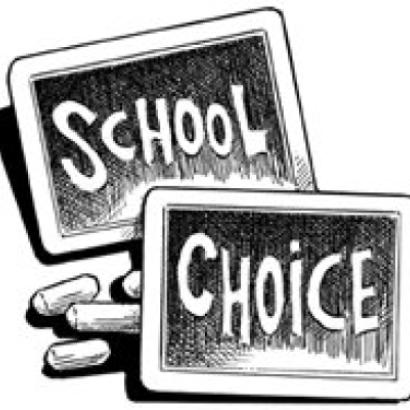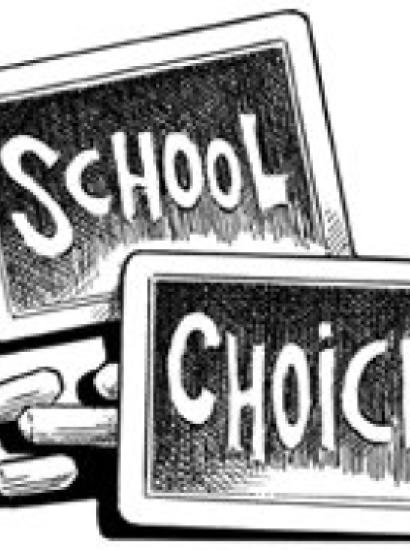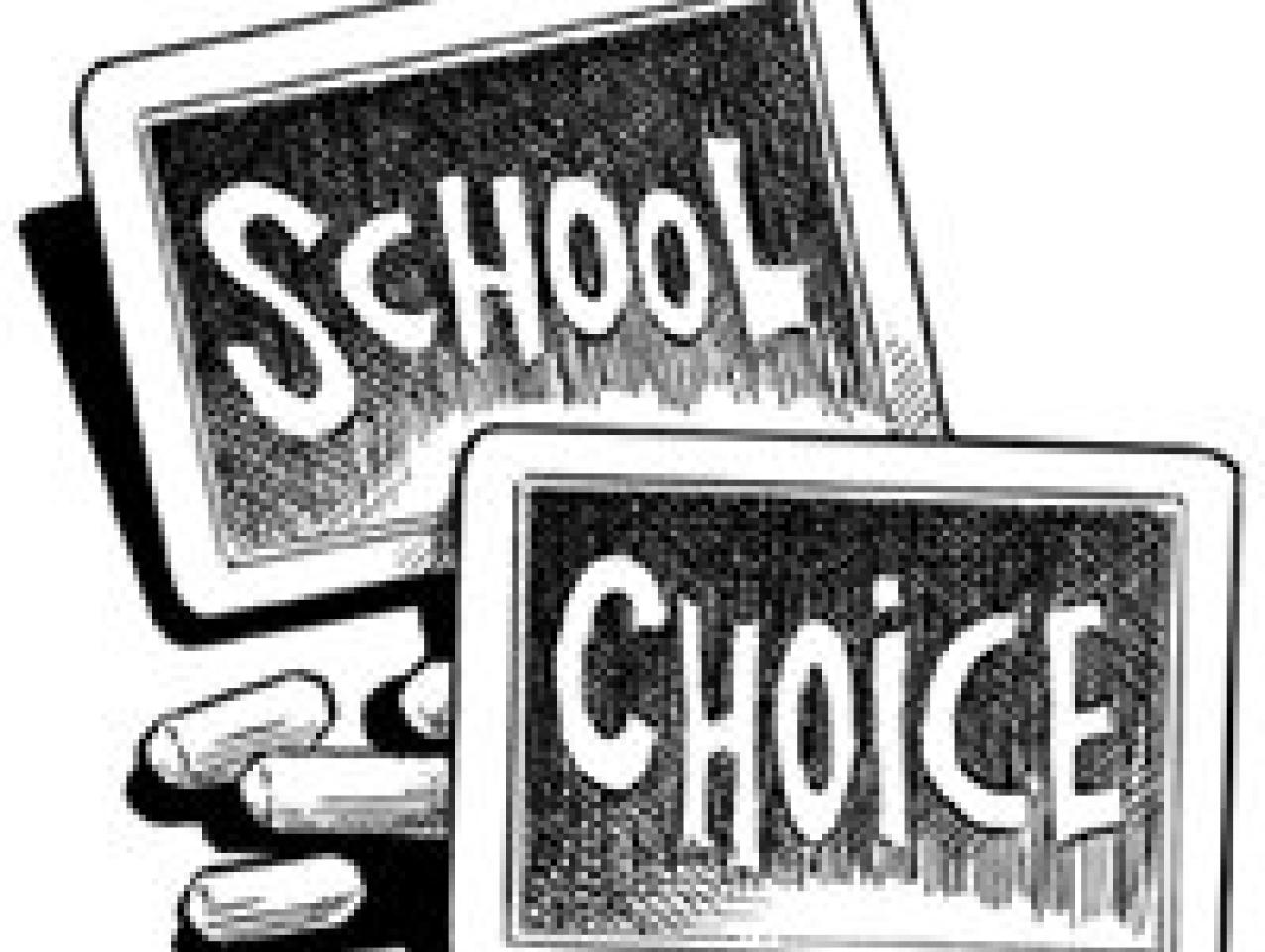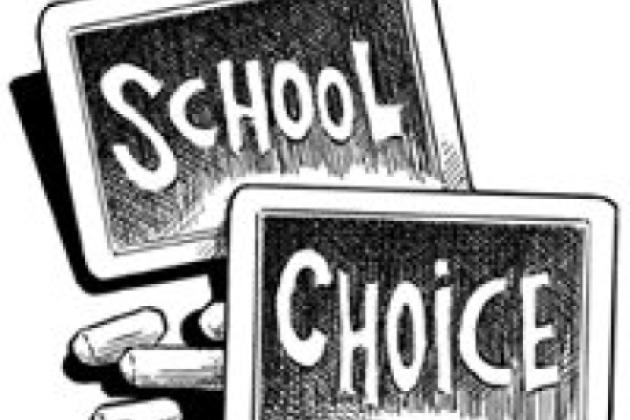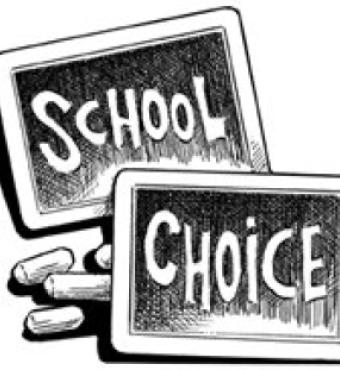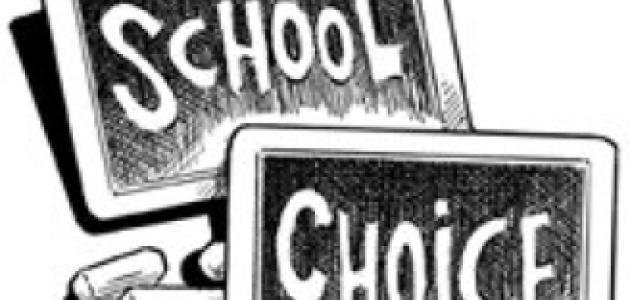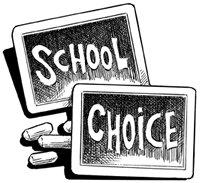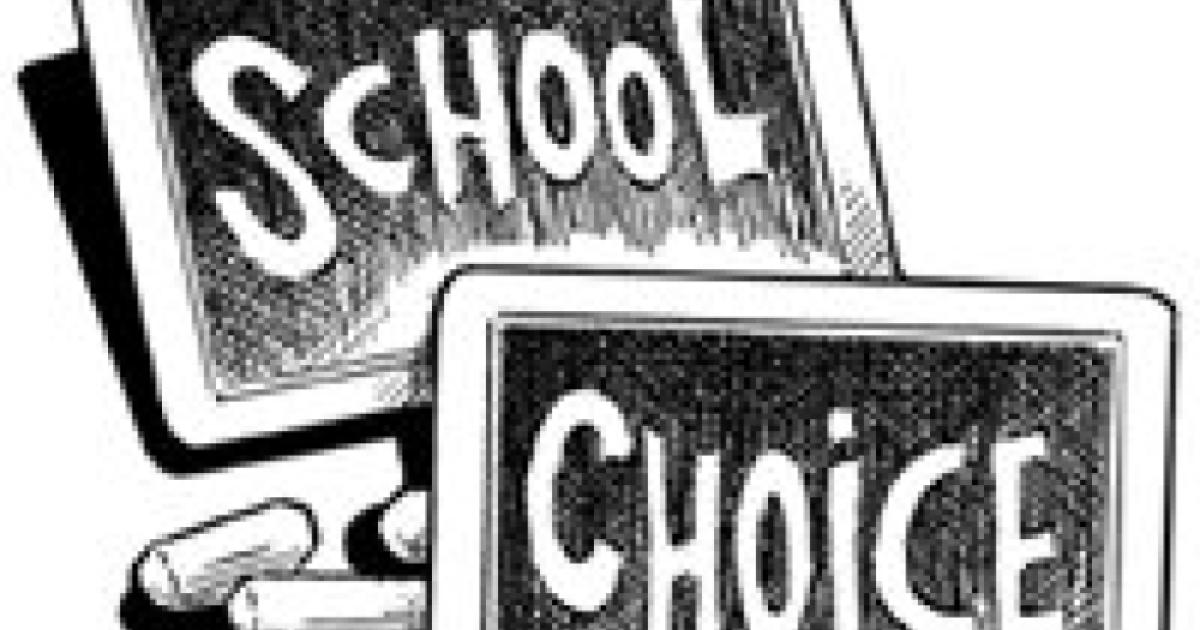- Education
- K-12
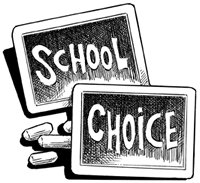
After months of investigation, the Hoover Institution’s task force of experts has found little or no progress. Some things indeed have changed. A great deal more money is being spent on primary and high school education. The budget of the Department of Education rose from $14 billion to $55 billion. Teachers’ salaries have risen. Classroom size has been reduced. But these changes have not translated into improved teaching or student achievement. Performance remains flat.
Addressing the Hoover symposium, Secretary of Education Rod Paige commended the Koret Task Force for its “vigilance” and its “concern for America’s children.” A 378-page book, Our Schools and Our Future, published by the Hoover Institution Press, was released at the time of the symposium. It “provides important insights into the education challenges that face us as a nation,” Secretary Paige commented.
Some of the main Koret Task Force findings are as follows: The United States continues to fall behind many other countries. Scholastic Aptitude Test scores remain well below their 1970 levels. The school year is about seven days shorter than formerly. The share of teachers with a master’s degree in a particular subject area (rather than in education) has fallen from 17 percent in 1982 to 5 percent now. Teachers’ salaries rose from $19,000 a year to $35,000 in 2000. And their fringe benefits have increased rapidly.
As its title suggested, A Nation at Risk invoked a national security rationale for reversing the deteriorating trend of U.S. education. “If an unfriendly foreign power had attempted to impose on America the mediocre educational performance that exists today, we might well have viewed it as an act of war,” the report stated. But we had done it to ourselves, in an act of “unilateral educational disarmament.”
Twenty years later, a new rationale for improving the system was heard. W. Kurt Hauser, the chairman of Hoover’s Board of Overseers, said in his introductory remarks that public education has become a “civil rights issue.” Poor black and Hispanic children, who find themselves stuck in inner-city schools where not much is learned, lack the opportunities enjoyed by middle-class children to move to better schools. The solution is to “introduce a competitive environment, accountability and choice,” Hauser said. “Let market forces empower parents with alternatives to government monopoly of the schools.”
School vouchers could do this. Since 1990, when a public voucher program was enacted in Milwaukee, reformers have sought to provide vouchers to poor and minority families. As Hoover senior fellow Terry Moe pointed out, the argument for vouchers these days has less to do with introducing competition into the system than with social equity. Disadvantaged kids should be given immediate opportunities to get out of bad schools.
This “has put the opponents of vouchers in an extremely awkward position,” Moe continued. “As liberals, they claim to be (and usually are) champions of the poor. But on the voucher issue, they refuse to represent their own constituents—and indeed find themselves fighting against poor families, who are only trying to escape conditions that liberals agree are deplorable.”
In his report on “Minority Children at Risk,” Koret Task Force member Paul T. Hill (with coauthors Kacey Guin and Mary Beth Celio) points out that minority students were doing poorly 20 years ago. Their test scores “have increased marginally, if at all, since. The gaps between minority and white achievement are as great now as then.”
Their numbers are also increasing. In 1983, Hispanics made up 9 percent of K–12 public school students. By 1999, that number had risen to 16 percent. (For blacks, the increase was more modest—from 16 percent to 17 percent.) Minority students are highly concentrated in the inner cities, where for a variety of reasons it is much more difficult to impart knowledge and good learning habits. Today, blacks and Hispanics form an actual majority of students in 46 out of 57 big-city school districts. Although there are 15,000 school districts nationwide, a mere 10 districts educate 19 percent of all black schoolchildren.
“There is reason to fear that simple comparisons of average scores for whites and minorities mask a troubling fact—that one-third or more of minority students in urban schools perform at extremely low levels,” Paul Hill writes. The teachers’ unions and bureaucracies that exercise so much control over the schools have their greatest influence in the big-city public school systems.
The incentives of the teachers’ unions provide an analytic key to understanding both the decline of public education and the prospects for reform. The union imperative is to maintain membership, to protect teachers’ jobs, and to increase pay and fringe benefits. And the political power of the unions allows them to block “almost everything that they don’t want,” Terry Moe told the conference. “That’s going to be the reality for the foreseeable future.” But smaller classroom size increases the demand for teachers, so that reform was allowed.
The main reforms the Hoover Task Force recommends—accountability, transparency, and school choice—will be bitterly opposed by the unions. Accountability highlights the performance of schools and teachers. Bad ones can be fired, good ones rewarded. School choice will allow parents to remove their kids from failing schools. “When kids leave, money flows out of unionized schools,” Moe said. “So the unions will have fewer members, fewer resources, and less political power.”
As to what has changed in 20 years, and what has not, Paul E. Peterson, the Henry Lee Shattuck Professor of Government at Harvard and a member of the Koret Task Force, notes that we are spending more money on education today, in real terms. Yet what has not changed is “the gap between the haves and the have-nots in our society. There are some pluses, if you look for them, but there are also some very clear minuses.” Corrected for inflation, we are spending three times more per child than we spent in 1960.
The overall evidence on student achievement is “unmistakably grim,” Peterson said. In reading and writing, there are “multiple signs of a downward trend.” At the same time, the percentage of students finishing high school has steadily declined.
How do we compare with other countries? Historically, the American education system has compared favorably with that of other countries. As late as 1970, a higher percentage of young people in America finished high school than did their peers in any other country. By the late 1990s, however, the United States had fallen to about average among the advanced industrial democracies, ranking behind Japan, Korea, Germany, France, Ireland, and other countries.
In the Third International Mathematics and Science Tests, American students ranked closer to the international average (among 38 participating nations) than to that of students in the highest performing countries: Singapore, Korea, Japan, Belgium, Hong Kong, and the Netherlands. American standing in the world deteriorates as students move into higher grades. At the age of 9, American students do reasonably well. But among 17-year-olds, the United States ranks near the bottom of participating countries.
These results are consistent with the National Assessment of Educational Progress tests in math, reading, and science administered to a cross section of all students at ages 9, 13, and 17. NAEP, too, shows that the U.S. education system, somewhat strong at the elementary level, weakens as students move through school.
The mathematics curriculum has been watered down, “in the faint hope that it will be more fun, and exciting for students,” Hoover fellow and task force member Williamson M. Evers said. “Math appreciation,” rather than serious mathematics, is making headway.
E. D. Hirsch Jr., an emeritus professor at the University of Virginia and Koret Task Force member, said that one of the problems is that teachers are not expected to impart a coherent curriculum in the early grades. If students are not exposed to a rich diet of knowledge at home, “they never acquire the tools they need to succeed, such as the ability to read with understanding,” he said. Reading is not just an abstract skill; it is also dependent on knowledge.
Hirsch located the problem “not so much in the unions as in the intellectual attitudes in the schools of education,” which remain dominated by “romantic ideas.” The problems in our schools can be corrected “only when our schools of education return to the emphasis on knowledge that once guided our primary schools, and still guide those in the Asian countries that outperform the U.S. by a wide margin.”
Senator Lamar Alexander of Tennessee, who was the secretary of education under former president Bush, addressed the symposium, along with Milton Goldberg, who was executive director of the commission that produced A Nation at Risk. At one point Senator Alexander offered an unfashionable diagnosis of what ails the system. It “contravenes the conventional wisdom,” he admitted, that “not enough money” is going to the right places. He allowed that the evidence from the District of Columbia with “lots of money, and poor results” contradicts this. Average spending in the United States is $8,100 per pupil. Hoover Task Force member Herbert J. Walberg recently calculated that the average per-pupil spending in Washington, D.C., is close to $11,000 and that the dropout rate is about 40 percent.
Several members of the Koret Task Force said that there is no evidence that more money yields improvement in the classroom. Performance is unrelated to dollars spent, said Hoover senior fellow Eric A. Hanushek. “Performance has been flat in the United States and yet spending has been going up dramatically for a century.” Chester Finn, a walking encyclopedia of all things educational and chairman of the task force, said that more money “hasn’t worked, isn’t working, and after 20 years how much more experiment with failure do we need?”
An argument sometimes heard is that the great American middle class is more or less content with its (primarily suburban) schools. They rate their own schools B plus, everyone else’s C minus. In just the same way, people often think that their own hospital, and their own member of Congress, is good and all the others are bad. (The “retail fallacy,” sociologists call it.) So parents are often wary of reforms because they worry that their own schools could lose out to others in a zero-sum reshuffle. Thus middle-class pressure for reform of the system is not intense enough to counteract the unions’ resistance.
“Well, the suburban schools are not working as well as people tend to think,” Chester Finn said. “The great American middle class is under a bit of an illusion that its schools are just fine. Compare them with student achievement in Germany or Japan or Korea or a wide range of other countries, and we can show that it just isn’t true.”
Participants generally agreed that unless the system becomes more transparent (so that parents and reformers have better information about what is going on); more accountable (teachers, schools, and school districts can be rewarded for their successes and penalized for their failures); and allows parents to choose the school their kids may attend, the needed improvements will not take place. There was also an undercurrent of sentiment that in the immediate future, and perhaps for some time to come, the teachers’ unions will have enough political clout to block needed reforms. If so, and particularly if school choice is stymied, the gap between the suburban schools and those in the inner cities will continue to widen.
Eventually, it will become plain for all to see that government education is one civil right that the usual defenders of civil rights are not very interested in. At the moment, the problem can be put this way: A continued political alliance with the teachers’ unions is more valuable to the advocates of civil rights than is the literacy and education of minorities. On the day that complacency on this issue dissolves, the enemies of reform will be in trouble.








